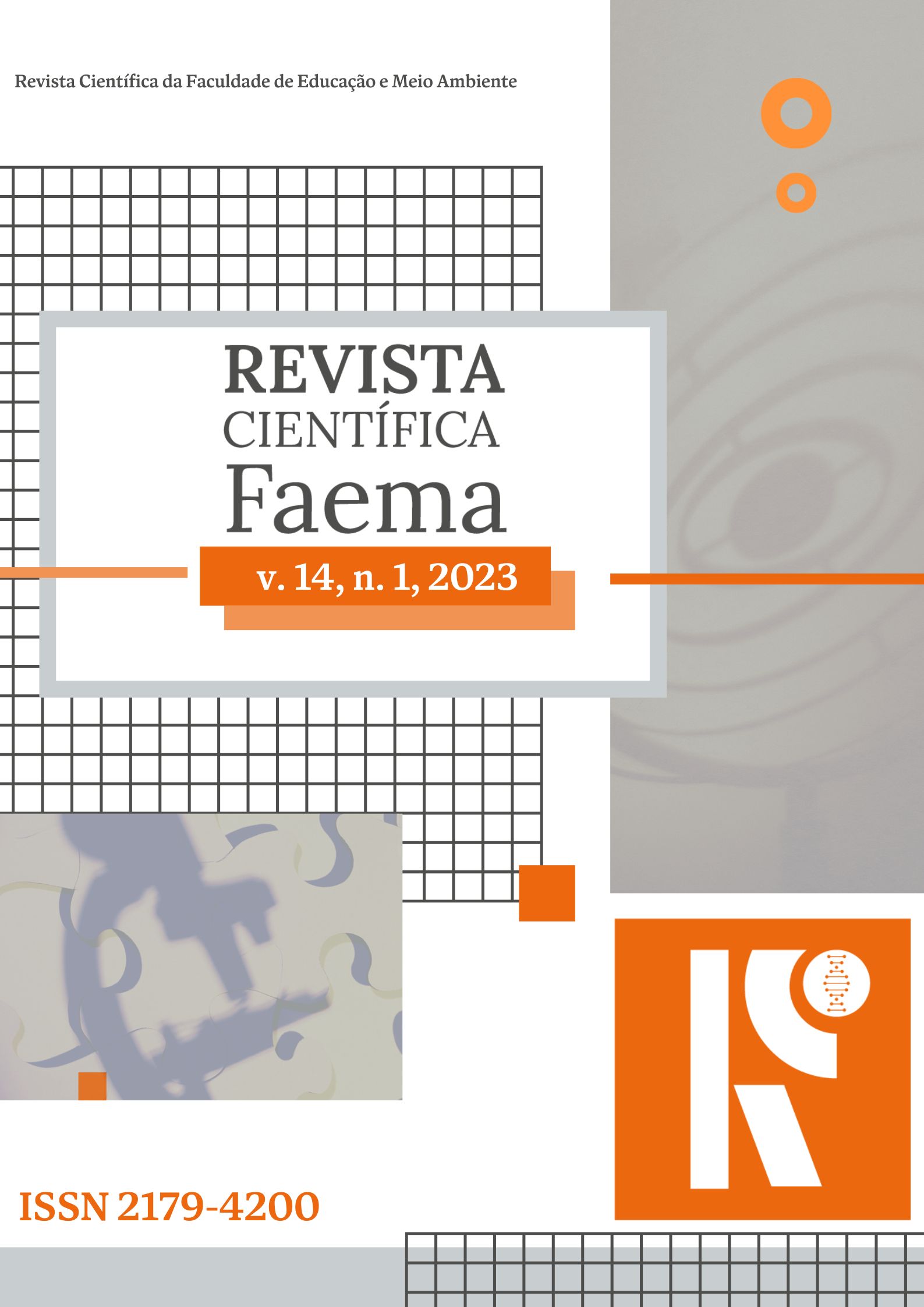GRASS XARAÉS SUBMITTED TO INOCULATION AND COINOCULATION WITH GROWTH-PROMOTING BACTERIA AND ARBUSCULAR MYCORRHIZAL FUNGUS
Main Article Content
Abstract
Brazil has approximately 180 million hectares dedicated to the cultivation of forage plants. Among the alternatives to enhance forage production, microorganisms have been studied as a promising option. Their symbiosis through seed inoculation represents an environmentally friendly and economically viable technology for pasture improvement. The objective of this study was to evaluate the morphological and production characteristics of Urochloa brizantha cv. Xaraés grass after seed treatment with Azospirillum brasilense (RPCP) and Rhizophagus intraradices (FMA), as well as their co-inoculation, over three successive harvests. The experiment was conducted in a greenhouse at the Federal Institute of Rondônia (IFRO), Ariquemes Campus. Xaraés grass seeds were subjected to different treatments and sown in 9 dm³ pots. Thinning was performed 19 days after sowing (DAS), leaving three plants per pot. At 49 DAS, a uniform cutting was carried out. Data on the forage canopy and root system were collected. The experiment followed a completely randomized design with 12 repetitions, organized in a 4 x 3 factorial scheme. Four qualitative factors were tested (control; RPCP inoculation; FMA inoculation; and co-inoculation) in three evaluation cuts: at 62, 65, and 71 DAS. The data were subjected to analysis of variance, and when significant, the Scott-knott test was applied (p<0.05). The use of inoculations and co-inoculation led to an increase in the number of leaves per pot compared to the control. However, as the harvests progressed, there was a decrease in above-ground dry mass and the number of leaves per pot. Inoculation did not influence the root variables.


